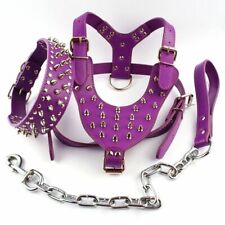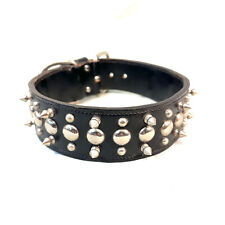How to Get Your Cat to Stop Scratching the Furniture

Scratching is a natural and instinctive feline behavior – but when your cat fulfills his or her desire at the expense of your furniture, it can be frustrating.
Below is our guide to stopping your cat from scratching your home furnishings, minimizing the damage that scratching can do, and finding healthy scratching alternatives to satisfy your feline friend.
Start with a Scratching Post (or Several)
We recommend, instead of trying to curb your cat’s scratching altogether, offering a healthy alternative to your expensive chairs and ottomans. One of the best substitutes is a sturdy scratching post, ideally introduced while your pet is still a kitten – this will allow you to engrain in your cat from a young age that scratching the post is good, and scratching your furniture is bad. It’s best to make time to play with your cat on and near the post, offering treats, toys, and praise when your pet uses it to scratch.
What If My Cat Ignores the Scratching Post?
If your cat appears uninterested in the scratching post you have provided, try directing your play time back to it whenever possible, allowing your cat to become comfortable around it. If he or she still ignores it, however, it may be a good idea to spray or rub your scratching post with catnip. Some cats may become more interested in objects with catnip on or around them, so this method can be a great way to get your feline friend more interested in his or her brand new scratching post.
Another method of drawing your cat toward a new scratching post is to make those preferred scratching areas less attractive. For instance, if your cat loves the side of a particular chair, try covering that area in a plastic sheet or wrap. Anything slick or tacky, like plastic sheeting or double-stick tape, may help to discourage destructive behavior. You may try removing the sheeting once your cat is successfully trained in scratching post use to see if the lessons truly stuck.
Introduce Other Scratching Substitutes as Needed
Even still, some cats will be pickier about their scratching destinations than others. Some pets will strictly scratch on softer materials, such as cardboard boxes or scratch pads, while the other, more cautious cats will only use tall, sturdy posts to scratch that do not wobble or tip over during use. Also, it’s important to note that the older your cat, the more difficult it will be to break bad habits and train them to use a post.
Try to keep all these considerations in mind when teaching your cat what is good and bad to scratch. If your lessons are engrained from a young enough age, your home and furniture may seriously benefit in the long term!
How Can I Minimize the Damage of Scratching?
While training your cat to use other outlets, some furniture scratching may still take place. In this meantime, frequent nail trims can be good ways of decreasing the damage done by your cat’s nails. Some owners have also found solace in the form of soft, plastic nail caps that can be temporarily glued to each nail to dull the nail’s impact. This method may be susceptible to mixed success, as the cats may still scratch with their new plastic blunted nails, and the caps require frequent reapplication. In the short term, however, while teaching your cat to use alternative methods of scratching, these nail caps may be just the relief your furniture needs.












